James Webb Space Telescope unveils cosmic secrets, discovers tellurium in rare neutron star merger
Astronomers, aided by space and ground telescopes, including NASA's James Webb Space Telescope, uncover secrets of a brilliant gamma-ray burst and neutron star merger.
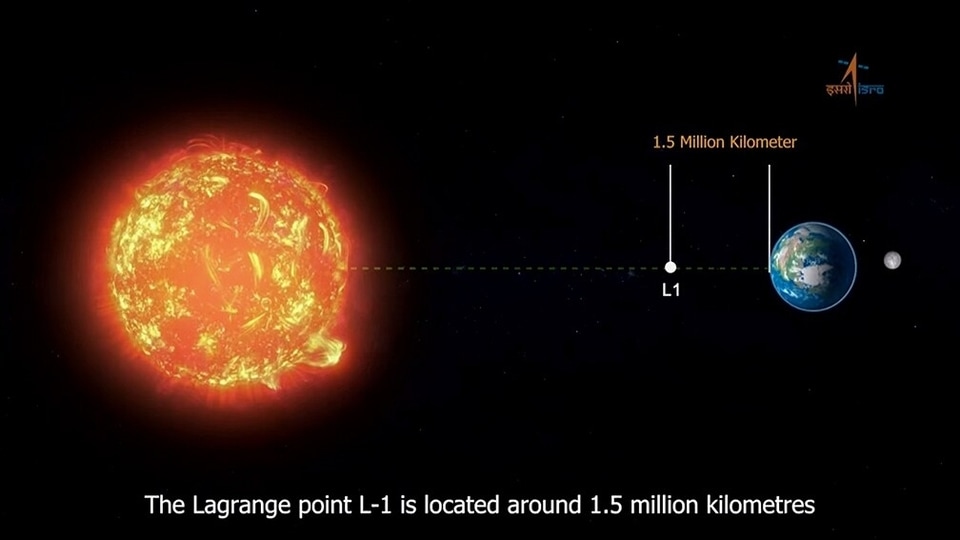
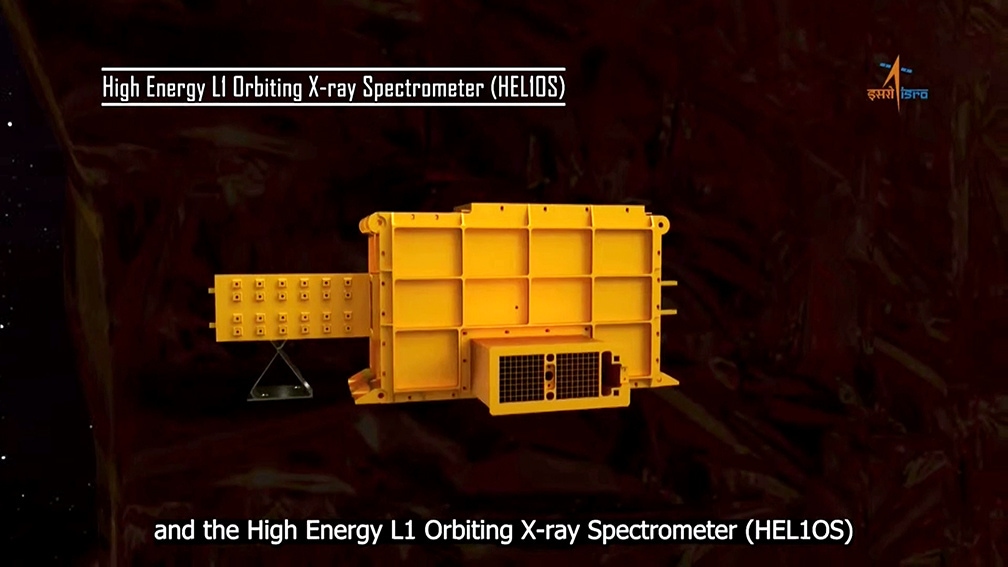
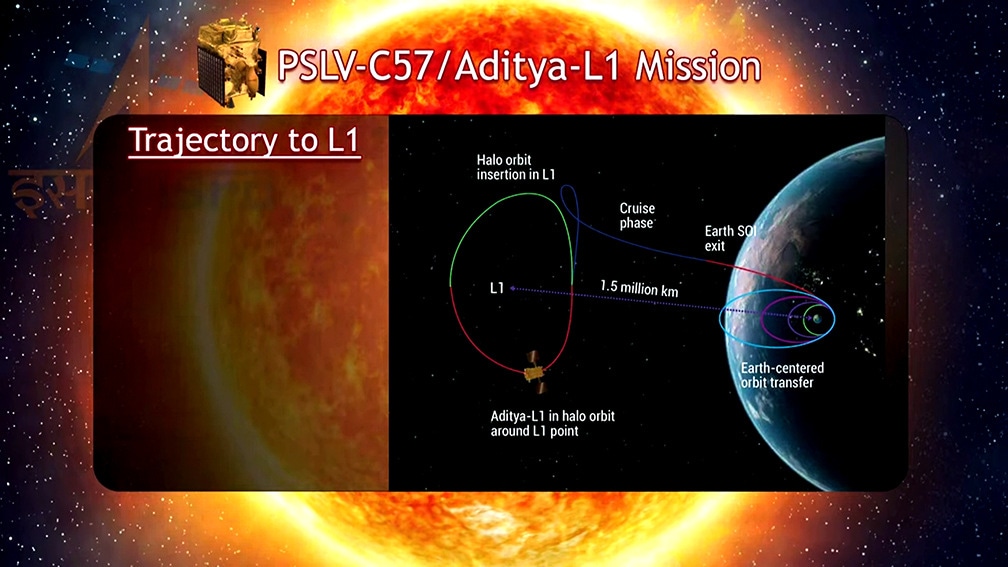
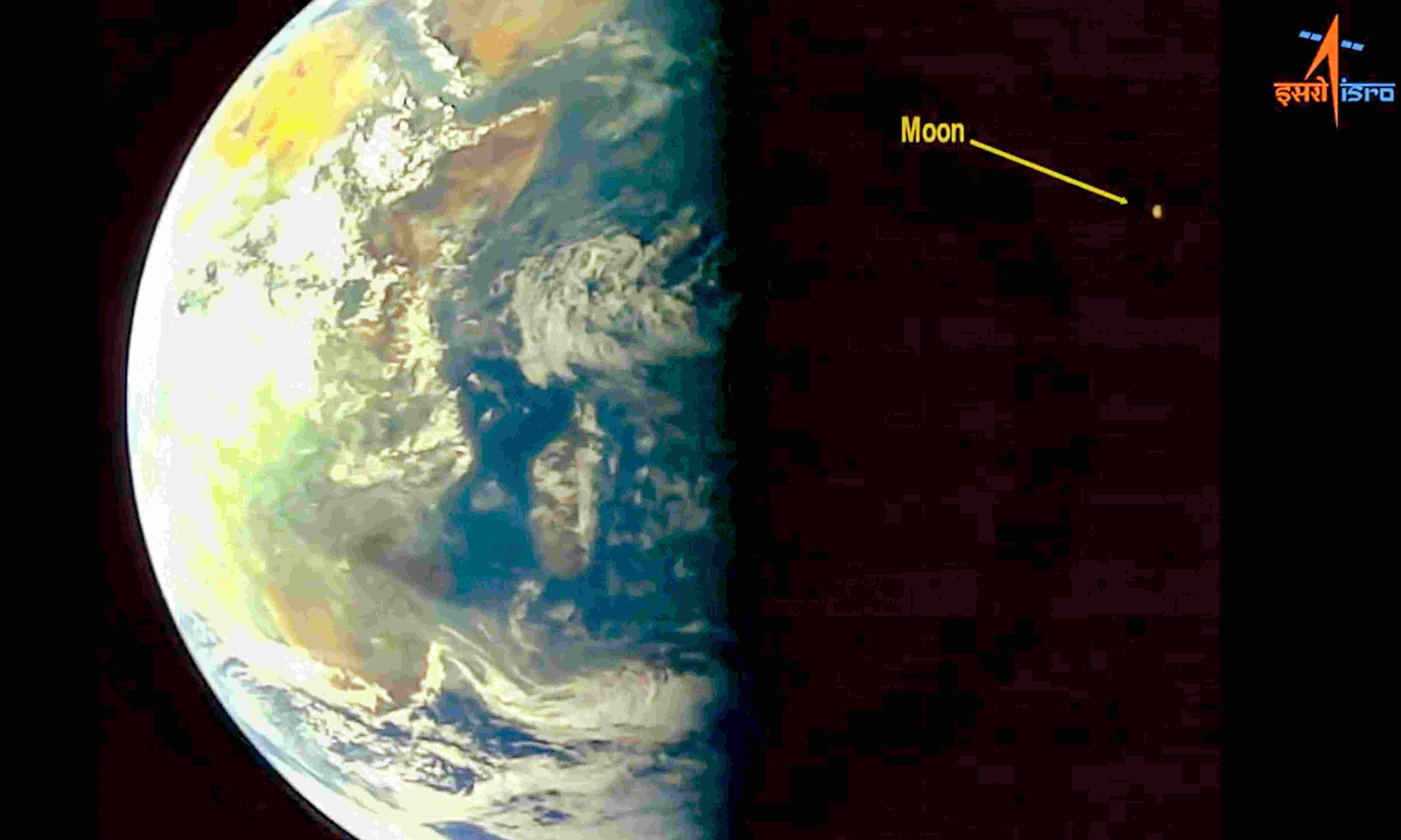
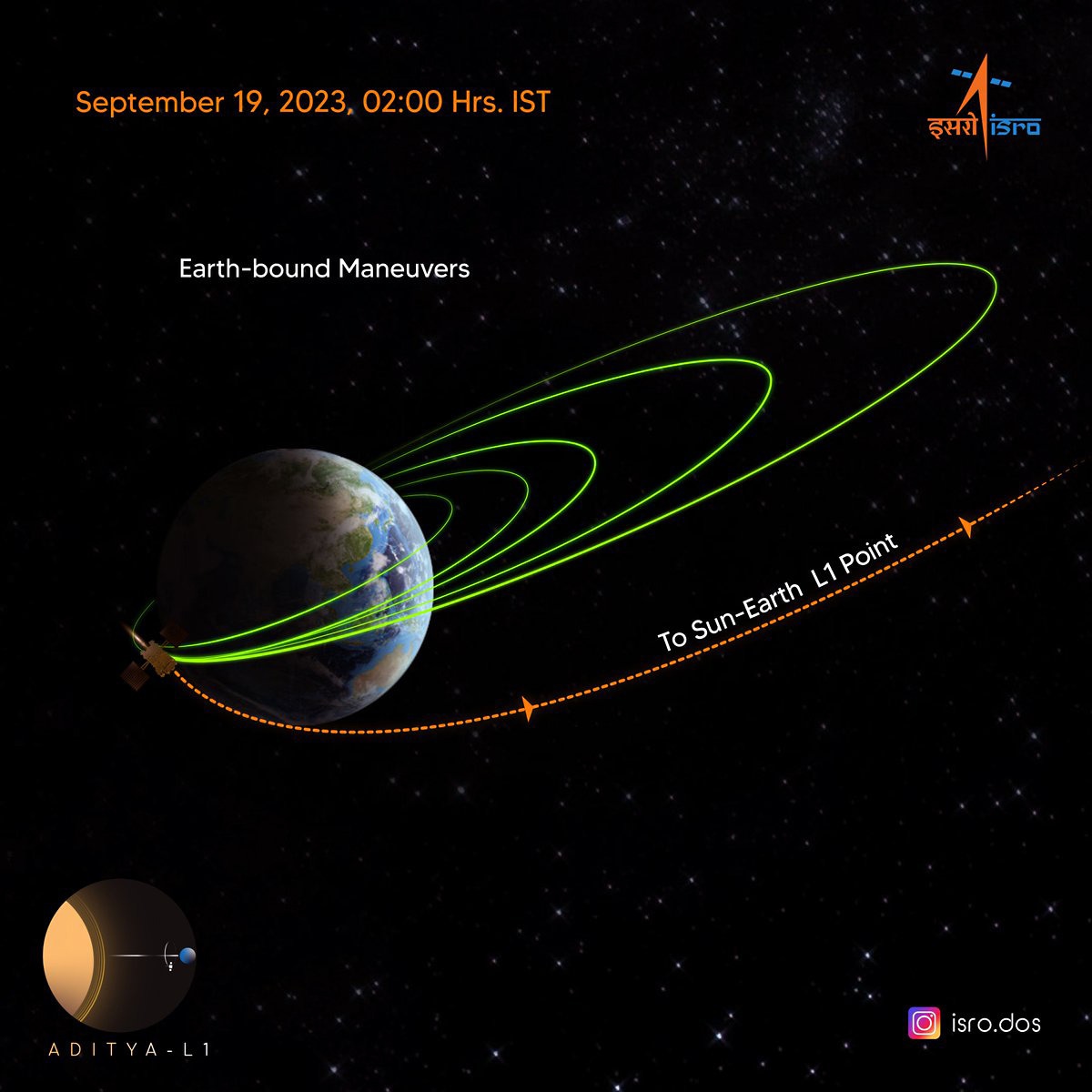
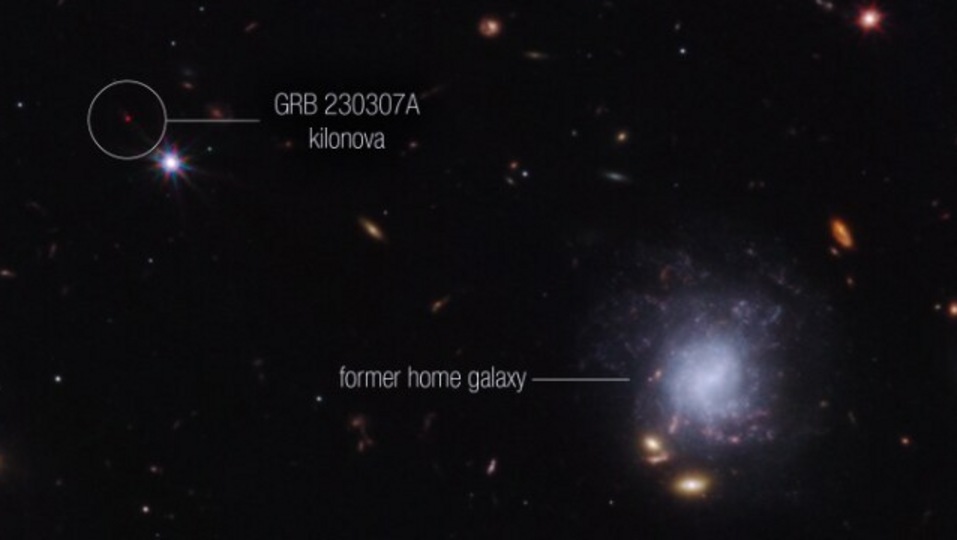
 View all Images
View all ImagesA recent study by NASA, involving the observation of an exceptionally bright gamma-ray burst (GRB 230307A) was conducted by a team of scientists using various space and ground-based telescopes, including NASA's James Webb Space Telescope, Fermi Gamma-ray Space Telescope, and Neil Gehrels Swift Observatory.
NASA looked to the neutron star merger that generated the explosion responsible for the gamma-ray burst, shedding light on the origins of such events.
NASA's James Webb Space Telescope played a crucial role in detecting the presence of the chemical element tellurium in the aftermath of the explosion, helping scientists understand the composition of the kilonova created by the neutron star merger.
The study's lead author, Andrew Levan, highlighted the significance of Webb's contribution in advancing our understanding of how and where elements are formed in the universe.
Neutron star mergers have long been theorized as potential sources for the creation of heavy elements beyond iron, and this study provided strong evidence to support this hypothesis.
The exceptionally rare kilonova events, resulting from neutron star mergers, have proven challenging to observe, but the study's findings provide valuable insights into these events.
GRB 230307A is a remarkable case, as it was detected by Fermi and stood out as the second brightest gamma-ray burst observed in over 50 years, even though it lasted for 200 seconds.
The collaborative effort of multiple telescopes, both in space and on the ground, allowed scientists to gather a wealth of information about this unique event and its rapidly changing characteristics.
The study's findings, made possible by Webb's infrared capabilities, helped identify the neutron stars' location, revealing that they were in a spiral galaxy approximately 120,000 light-years away from the merger site.
The study emphasizes the transformative role of telescopes like Webb and upcoming instruments, such as the Nancy Grace Roman Space Telescope, in enhancing our understanding of the universe by enabling the study of rare events like kilonovae and the elements they produce.
Catch all the Latest Tech News, Mobile News, Laptop News, Gaming news, Wearables News , How To News, also keep up with us on Whatsapp channel,Twitter, Facebook, Google News, and Instagram. For our latest videos, subscribe to our YouTube channel.
































